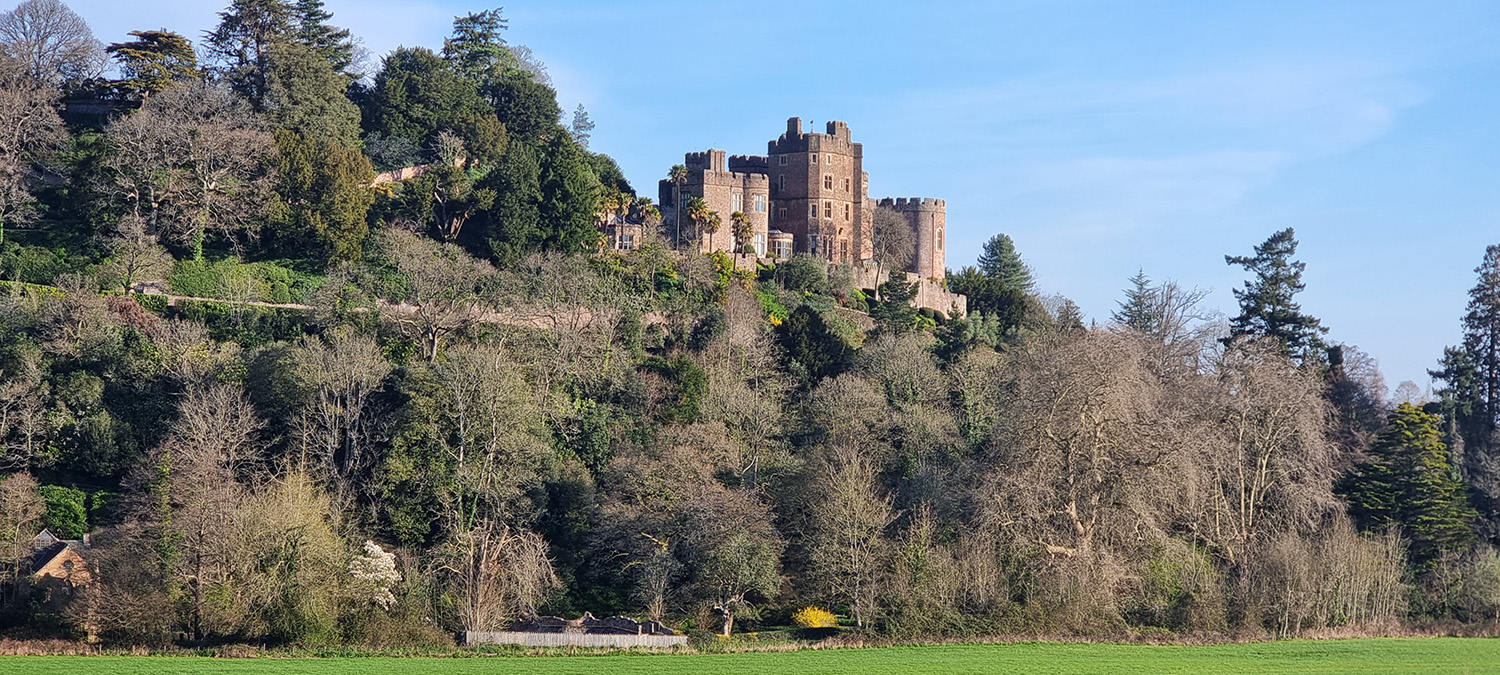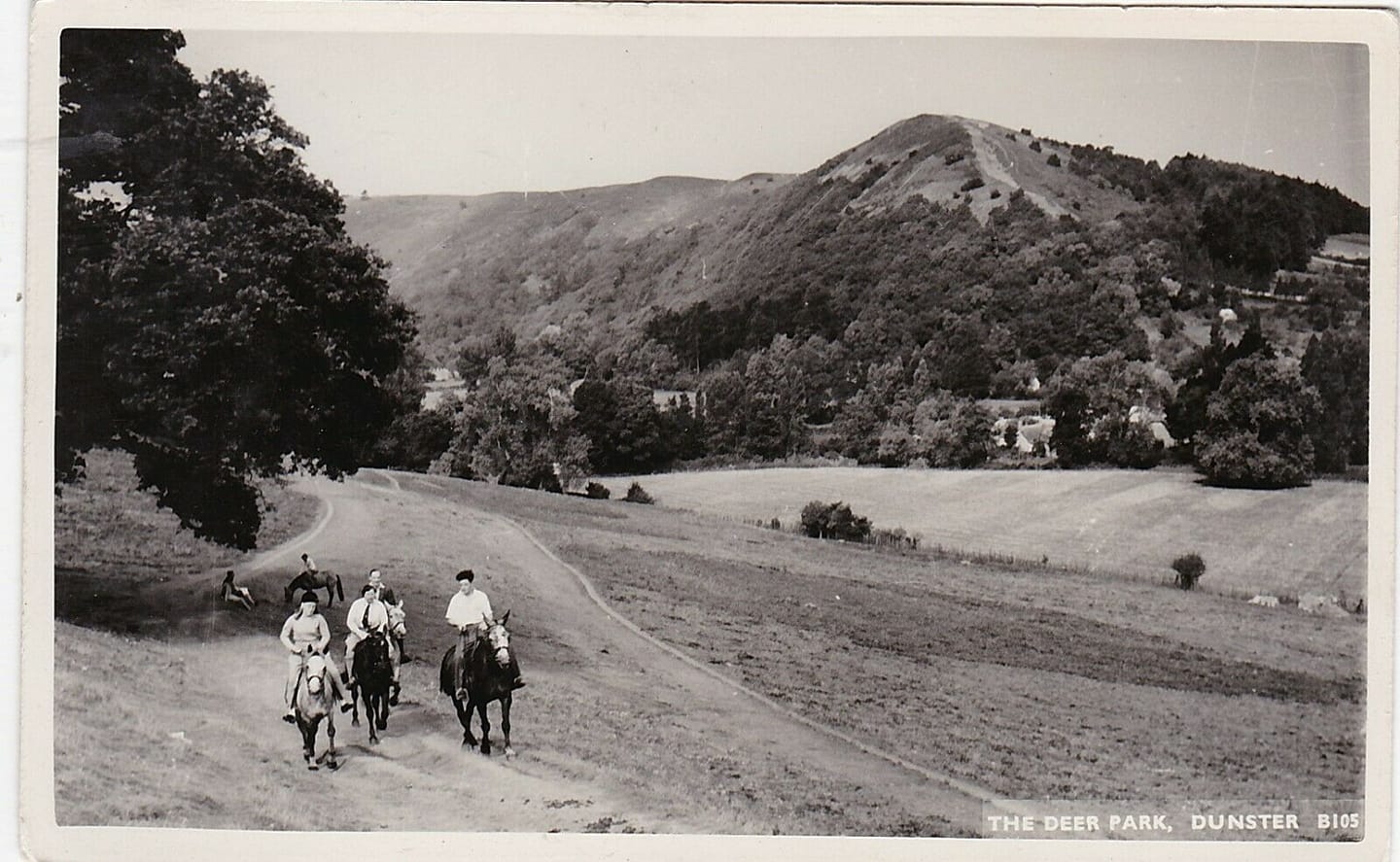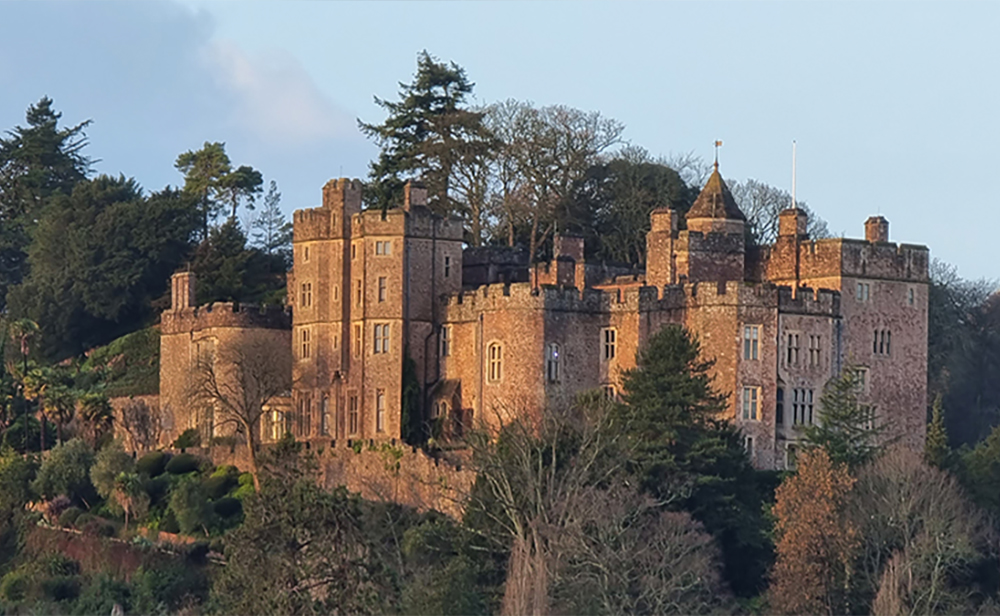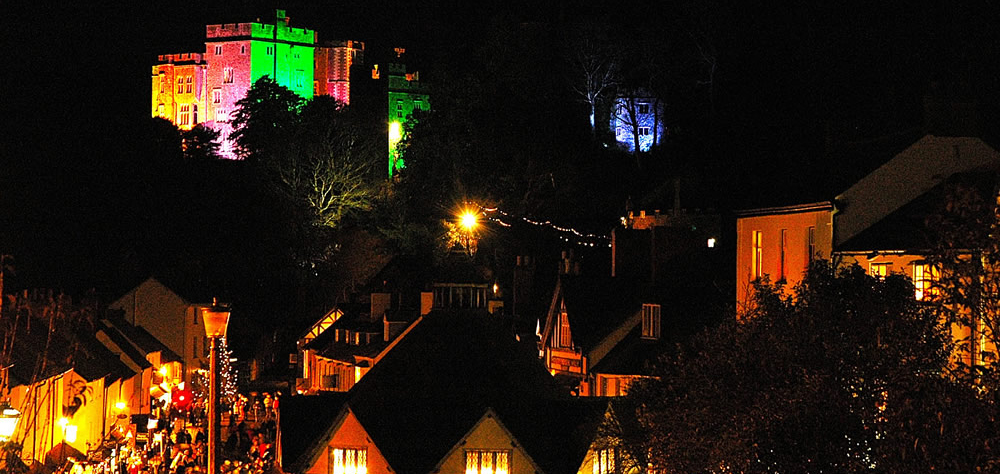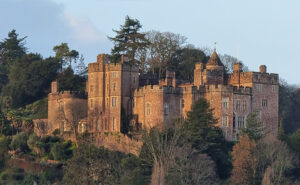Exmoor Day is celebrated on the 19th of October. This day celebrates all that Exmoor National Park has to offer to the world. Exmoor National Park is home to inspiring landscapes, vibrant communities, amazing wildlife, entrepreneurial businesses, and a rich cultural history.
The National Park Authority and its partners will use social media throughout the day to highlight all Exmoor means for the nation. This includes the breath-taking beauty of the scenery, heritage, wildlife, and incredible ways to experience it in person.
Why 19 October?
The Exmoor National Park was established on 19 October 1954 by the Designation Order issued by the National Parks Commission. This Order was signed by Harold Macmillan (Minister for Housing and Local Government), making Exmoor the 8th National Park within the UK.
October 19 marks the anniversary of Exmoor’s designation as a national park. The concept of Exmoor Day is resurrected every year in the context of tourism recovery.
This day is for Exmoor’s people to promote Exmoor in a variety of ways.
Today, Exmoor National Park is one of 15 UK National Parks that preserve some of the most precious landscapes.
These places are special because of their extraordinary natural beauty, rich in culture, history, and wildlife. It was also intended to be a recreational present to Britain’s Second World War veterans, to inspire and refresh the nation.
Why Exmoor is so special
Exmoor is home to less than 10,000 people. It is one of the most beautiful landscapes in the country. It is home to over 1000 local businesses and attracts more than 2 million visitors each year. The National Park’s ancient woodlands and heather-clad moorlands are important habitats for many species of animals, including the Exmoor Ponies (free-living) and the largest red deer herds in the country. Exmoor is alive at night under the darkest skies in the country, offering unparalleled opportunities to see thousands more stars.
Exmoor has seen a lot of progress to bring life to that visionary vision from 1954. From more than 1000km of rights of passage, including the beginning of the UK’s longest National Trail, to a living landscape that champions traditional ways of life as well as wild places that are largely gone from modern-day Britain, Exmoor has achieved a great deal.
A brief history of Exmoor National Park
Under the National Parks and Access to the Countryside Act of 1948, the National Parks Commission was created in 1952. Its mission was to establish National Parks and determine their boundaries. It was decided that Exmoor would be included in the second tranche of National Park designations.
The Exmoor Society was established in 1958. It continues to work today to preserve and enhance the unique qualities of Exmoor’s wild and diverse landscapes.
In Minehead, the first Information Centre opened in 1962. The Publicity Officer was one of its first staff members.
Jim Collins was Exmoor’s first Warden. He was appointed in 1963 to oversee the Dunster area’s way-marking walks. The project was so well received that it was copied across the country.
Somerset County Council bought Pinkery, Driver and the Chains. In 1969, they developed a permissive footpath that leads to Pinkery Pond and a bridleway from Driver to the Chains. This allowed open access for horseback or foot on the open moorland. Pinkery Farm was renamed our outdoor education and learning centre in the following year.
The National Park Committees convinced a group of river and water authorities in 1970 that Wimbleball was the best location for their major reservoir. It was completed in 1979.
In 1976, the Two Moors Way was created to connect Dartmoor and Exmoor by a 102-mile walk route that runs between Lynmouth and Lynmouth.
1981: The National Park Committee and the Country Landowners Association signed a formal agreement to manage Exmoor’s important moorlands.
The National Park Committee created a Farm Conservation Scheme in 1993. It was based on the success of the previous decade’s management agreements. This scheme provided positive support for whole-farm conservation and served as a model for national agri-environment programs.
In 1996, Moorland Restoration began on blanket bog. This involved rewetting peat areas in order to restore habitats. The current Exmoor Mires project is now funded by South West Water and Natural England.
In 2003, the restoration of Simonsbath’s historic sawmill and estate workshop was completed. Water can now flow through the leats for the first time in 50 years. Volunteers are welcome to take people to the sawmill.
The Authority-owned Tarr Steps woodland was designated a National Nature Reserve on the occasion of its 50th anniversary. This area covers 33 hectares.
The Countryside and Rights of Way Act, also known as the “right to roam” act, opened Exmoor’s 8000-hectares to the public in August 2005. The Coleridge Way, a 36-mile walk from Nether Stowey and Porlock to the public, was also launched. A Sunday Times journalist walked the entire route while staying in local accommodations. The article was published before signs were even put up!
In 2007, the Tour of Britain cycling race arrived in the southwest. Much of the race passed through Exmoor National Park.
Exmoor National Park was named an International Dark Sky Reserve in 2011, the first European park to be awarded this prestigious title and the second worldwide.
The Coleridge Way was extended to Lynmouth with a 15-mile section in 2014. It now totals 51 miles.
The Headwaters of the Exe project was launched in 2016. It works with farmers and land managers to ensure water quality in the river Exe catchment. In September, the Two Moors Way celebrated its 40th anniversary with a new website and pocket guide.
How can you get involved?
Use the hashtag #ExmoorDay to share your Exmoor memories, photos, and experiences. Special promotions will also be held by local businesses throughout the day.


